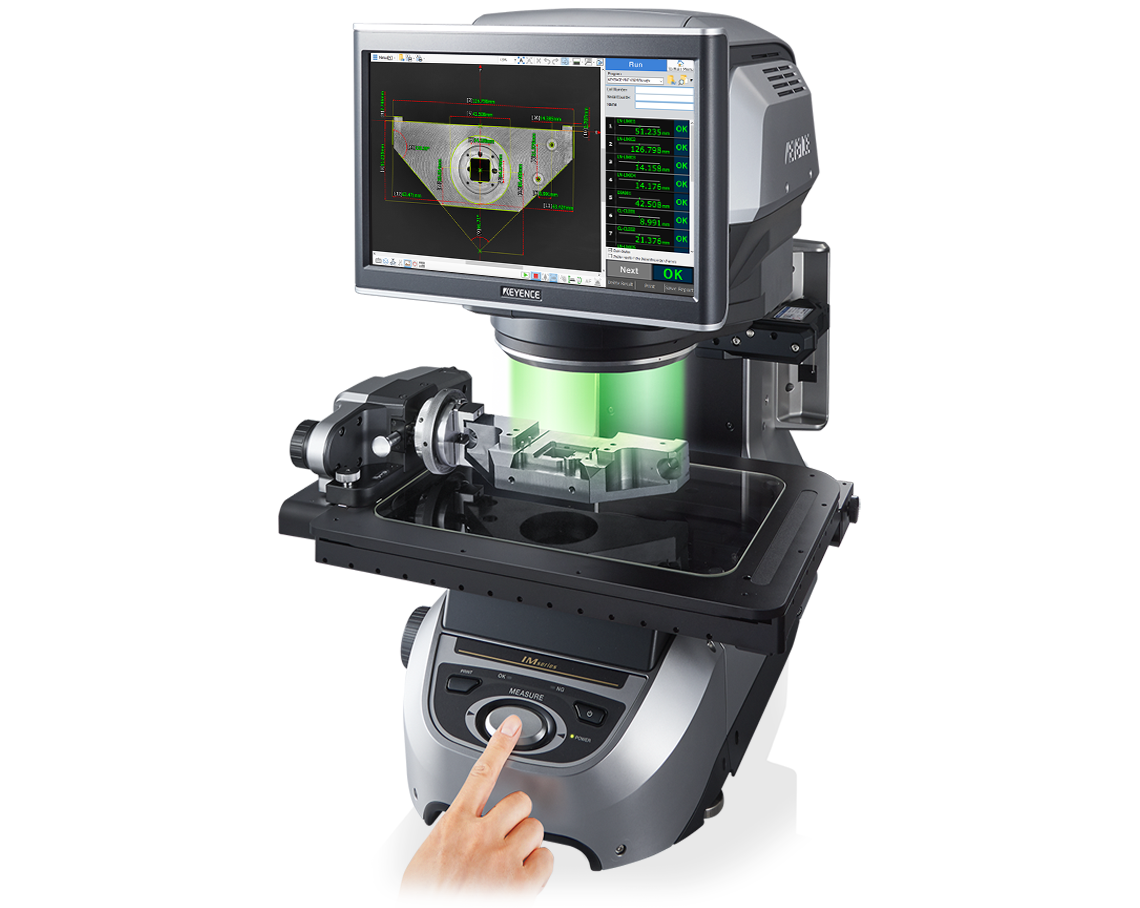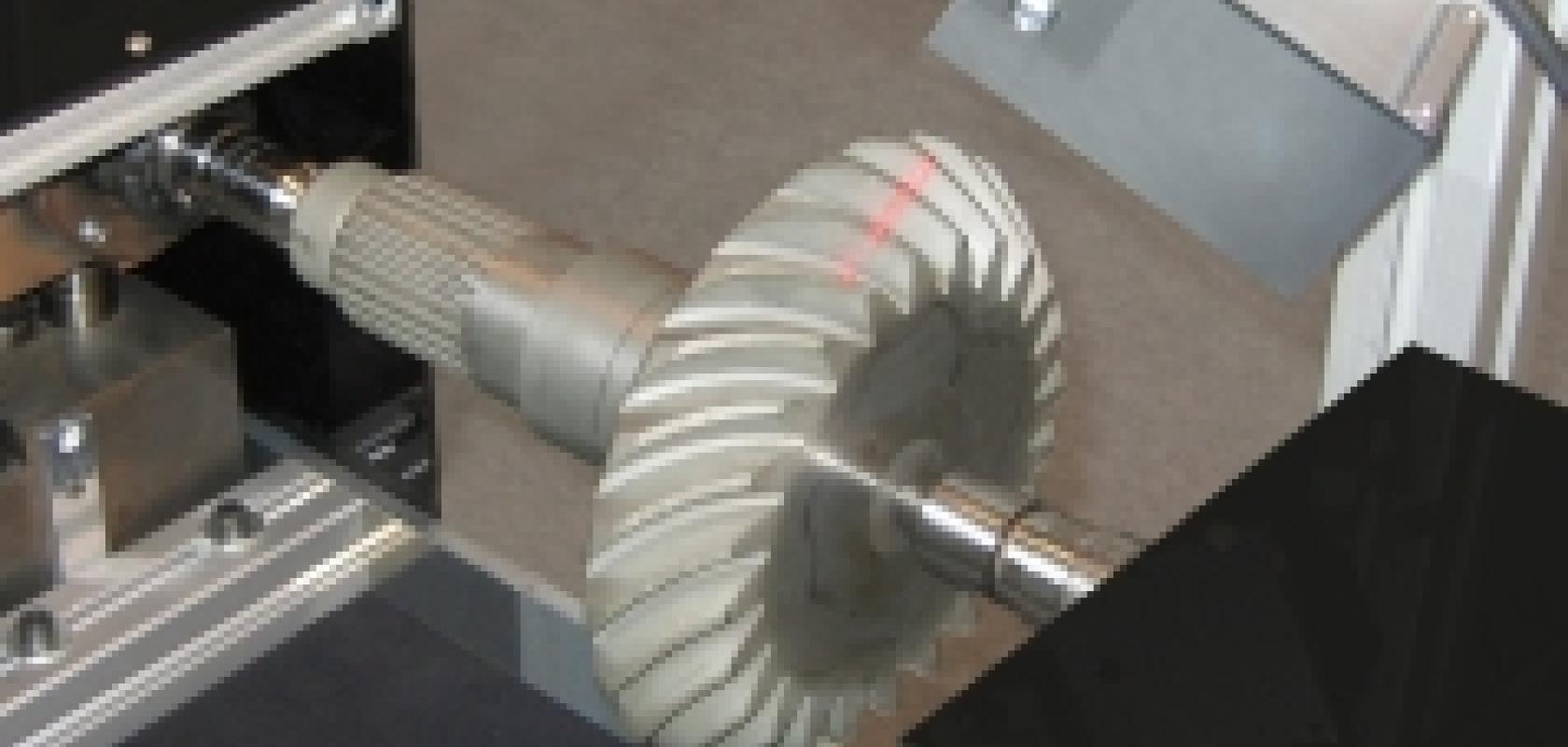The impact of optical measurement systems in reducing quality control errors
The impact of optical measurement systems in reducing quality control errors
Blog Article
The Role of Optical Dimension Equipments ahead of time Metrology Techniques
Optical measurement systems have actually transformed metrology, bringing a level of accuracy that was as soon as unthinkable. You could be stunned to find out exactly how these innovations, based on essential principles like reflection and disturbance, are applied across various industries. Their non-contact abilities not only boost precision however likewise improve processes. As you discover additionally, you'll discover just how these systems are shaping the future of dimension and quality assurance.
The Evolution of Width: A Historic Perspective
As you explore the history of width, you'll find that its evolution reflects mankind's pursuit for accuracy and standardization. From old human beings making use of body components as units of measurement to the growth of standardized weights and measures, each action reveals our wish for accuracy. The Egyptians built the pyramids utilizing precise measurements, while the Romans progressed engineering with their innovative measuring tools.
During the Renaissance, scientific advancements changed the emphasis toward extra empirical techniques, leading the way for modern-day metrology. The introduction of the metric system in the late 18th century marked a considerable milestone, establishing global criteria. Throughout the 20th century, technical developments better transformed metrology, enabling extremely exact dimensions in various areas.
Today, assessment proceeds to evolve, integrating digital innovation and automation. This background highlights not simply the relevance of dimension however also our relentless quest of enhancing precision and consistency in our significantly complex world.
Principles of Optical Measurement Equipments
Comprehending the concepts behind optical measurement systems is crucial for precise cause metrology. You'll wish to think about essential optical principles, measurement accuracy elements, and efficient system calibration techniques. Each of these elements plays a vital role in ensuring your dimensions are specific and reputable.
Fundamental Optical Principles
While discovering optical measurement systems, you'll run into essential optical principles that create the backbone of exact data procurement. Light behaves in predictable ways, and comprehending these behaviors-- like diffraction, refraction, and representation-- is necessary for reliable dimensions. By grasping these concepts, you'll be equipped to leverage optical innovations successfully, leading the means for developments in width and guaranteeing your measurements are both trustworthy and repeatable.
Dimension Precision Factors
To accomplish high dimension precision in optical systems, several elements enter into play, affecting the reliability of your outcomes. The quality of the optical elements matters considerably. High-quality lenses and detectors minimize aberrations and sound, ensuring your measurements are accurate. Second, ecological problems like temperature level and moisture can influence measurements, so keeping a secure setting is crucial. Third, the placement of the optical system is critical; even small imbalances can cause substantial mistakes. Ultimately, the wavelength of light utilized influences the resolution and accuracy of your measurements. By attending to these aspects, you can boost the overall performance of your optical measurement systems, leading to even more dependable and exact outcomes in your metrology applications.
System Calibration Techniques
Accomplishing high measurement precision is only part of the formula; appropriate system calibration strategies are equally essential in optical measurement systems. To assure your system provides reputable outcomes, you need to regularly calibrate it making use of conventional referral materials. Begin by adjusting the optical elements, like lenses and mirrors, to lessen systematic mistakes. Next off, use known dimensions to verify the system's output and make needed modifications. It's additionally crucial to make up environmental elements-- temperature level and humidity can affect measurements. Implement a routine calibration routine to keep uniformity over time. Document all calibration procedures and results; this will certainly assist you track efficiency and attend to any drift in accuracy. With these methods, you'll improve the dependability of your optical dimension system.
Secret Technologies Behind Optical Dimension
Optical dimension systems count on a number of crucial innovations that boost accuracy and effectiveness in metrology. One essential innovation is interferometry, which utilizes the interference of light waves to gauge small displacements and surface abnormalities with severe accuracy. You'll additionally discover laser scanning systems, which capture detailed 3D information of objects quickly, making them important for dimensional evaluation.
Furthermore, CCD and CMOS sensors play a significant duty in converting light right into electric signals, allowing for high-resolution imaging and specific measurements. Advanced algorithms for photo handling further improve measurement precision by examining data in actual time, removing sound and enhancing attributes.
Finally, fiber optics provide adaptability and the ability to gauge in challenging environments while keeping signal integrity. By leveraging these technologies, you can attain remarkable results in your assessment jobs, ensuring that your dimensions are both precise and dependable.
Applications of Optical Measurement in Market
As sectors increasingly demand accuracy and efficiency, the applications of optical measurement systems have actually ended up being important throughout various industries. In production, these systems help you monitor measurements and resistances in real-time, ensuring high quality control without taxing manual checks. In the automobile sector, optical dimensions assist in lining up elements with accuracy, enhancing safety and security and performance.
In electronics, you're utilizing optical methods to check minute functions on motherboard, identifying flaws that can lead to failures. The aerospace industry take advantage of non-destructive testing techniques, enabling you to examine materials and elements without compromising their stability.
Optical dimension additionally plays an important role in textiles, making sure textile measurements satisfy exact specs. optical measurement. With their capacity to give high-resolution information promptly, these systems encourage you to make enlightened choices, simplify processes, and eventually drive advancement across your market
Enhancing Accuracy and Effectiveness in Measurements
When you consider enhancing accuracy in measurements, accuracy in your dimension techniques is essential. By streamlining these procedures, you can attain quicker results without compromising quality. Allow's discover exactly how embracing advanced optical measurement systems can raise both precision and effectiveness in your work.
Precision in Dimension Techniques
Precision in measurement methods is essential for achieving trusted outcomes in metrology, especially because little disparities can lead to substantial errors. By utilizing sophisticated optical dimension systems, you can boost the precision of your dimensions. In enhancement, accurate dimensions enable you to preserve top quality control, making certain that items fulfill rigorous requirements.
Simplifying Measurement Procedures
To enhance accuracy and efficiency in measurements, improving your measurement processes is necessary. Beginning by taking on optical dimension systems that give real-time information, decreasing the time spent on manual recording. These systems often integrate perfectly more info here with existing software application, enabling you to automate data collection and analysis.
Next, systematize your dimension procedures. By executing constant treatments, you minimize irregularity and enhance repeatability. Don't forget to on a regular basis calibrate your devices to ensure its precision.

The Effect of Optical Dimension on R & D
As scientists endeavor to push the limits of development, optical dimension systems have become indispensable tools in the development process. These systems provide you with exact, real-time information that boosts your ability to analyze complicated products and structures. In different areas, from biotechnology to aerospace, you depend on optical dimensions to enhance and enhance layouts product performance.

With high-resolution imaging and non-contact approaches, you can minimize example disruption, permitting for even more exact results. This capacity to record minute information increases your R&D cycle, allowing you repeat designs quickly and efficiently. Additionally, optical measurement cultivates cooperation throughout techniques, as the information created is often quickly interpretable and shareable.
Ultimately, integrating optical dimension systems right into your research study not just improves efficiency however also grows your understanding of the phenomena you study. By leveraging these innovative methods, you're much better equipped to innovate and remain ahead in a competitive landscape.
Future Fads in Optical Dimension Systems
With the rapid advancement of modern technology, you're most likely to see significant changes in optical measurement systems that will certainly redefine their application across different markets. You'll notice an action toward raised automation and combination of expert system, enabling for real-time data analysis and boosted accuracy. Miniaturization is an additional pattern; portable gadgets will make it possible for measurements in tighter areas, making them optimal for areas like aerospace and biomedical applications.
In addition, the introduction of advanced products, such as photonic crystals, will enhance level of sensitivity and resolution. Expect to see systems that can run in tough atmospheres, offering dependable measurements in severe problems. Cloud-based analytics will likewise play a crucial role, supplying you access to big datasets for far better decision-making. As these modern technologies assemble, you'll discover that optical dimension systems not only enhance accuracy but additionally streamline workflows, inevitably driving development and effectiveness in your tasks.
Regularly Asked Inquiries
Exactly How Do Optical Dimension Solutions Compare to Standard Dimension Techniques?
Optical dimension systems use higher accuracy and faster outcomes compared to conventional methods. You'll locate they record even more information factors accurately, minimizing human mistake and boosting dependability, making them a preferred option in different applications.
What Industries Advantage A Lot Of From Optical Measurement Equipments?
You'll find industries like aerospace, automotive, and electronics profit most from optical dimension systems. These markets count on exact measurements to assure top quality and efficiency, improving effectiveness and lowering prices via sophisticated innovation.

Are Optical Measurement Equipments Expensive to Carry Out?
Optical measurement systems can be expensive to carry out, but their accuracy and performance usually validate the cost. Spending in such technology can lead to significant long-lasting savings and renovations in quality across numerous applications.
What Skills Are Called For to Run Optical Measurement Equipments?
To run optical measurement systems, you'll require solid logical abilities, interest to detail, and effectiveness in software application devices. Experience with optics and an understanding of measurement principles will likewise enhance your performance and efficiency.
Exactly How Do Environmental Variables Affect Optical Measurements?
Ecological elements like air, moisture, and temperature level high quality can misshape visit the website optical measurements. You'll see variants in precision as a result of light interference or refraction. optical measurement. Keeping steady problems is necessary for trustworthy and specific optical dimension outcomes
Final thought
In recap, optical dimension systems are reinventing assessment by giving unequaled precision and performance. As you check out future fads, you'll see just how the combination of AI and automation will certainly continue to raise measurement techniques, driving development and improving top quality control.
Achieving high dimension accuracy is just part of the equation; correct system calibration methods visite site are equally crucial in optical dimension systems.When you think concerning enhancing precision in dimensions, precision in your dimension techniques is vital. By using advanced optical measurement systems, you can enhance the precision of your measurements.To enhance precision and effectiveness in measurements, simplifying your dimension processes is important. Just How Do Optical Measurement Equipments Contrast to Standard Dimension Techniques?
Report this page